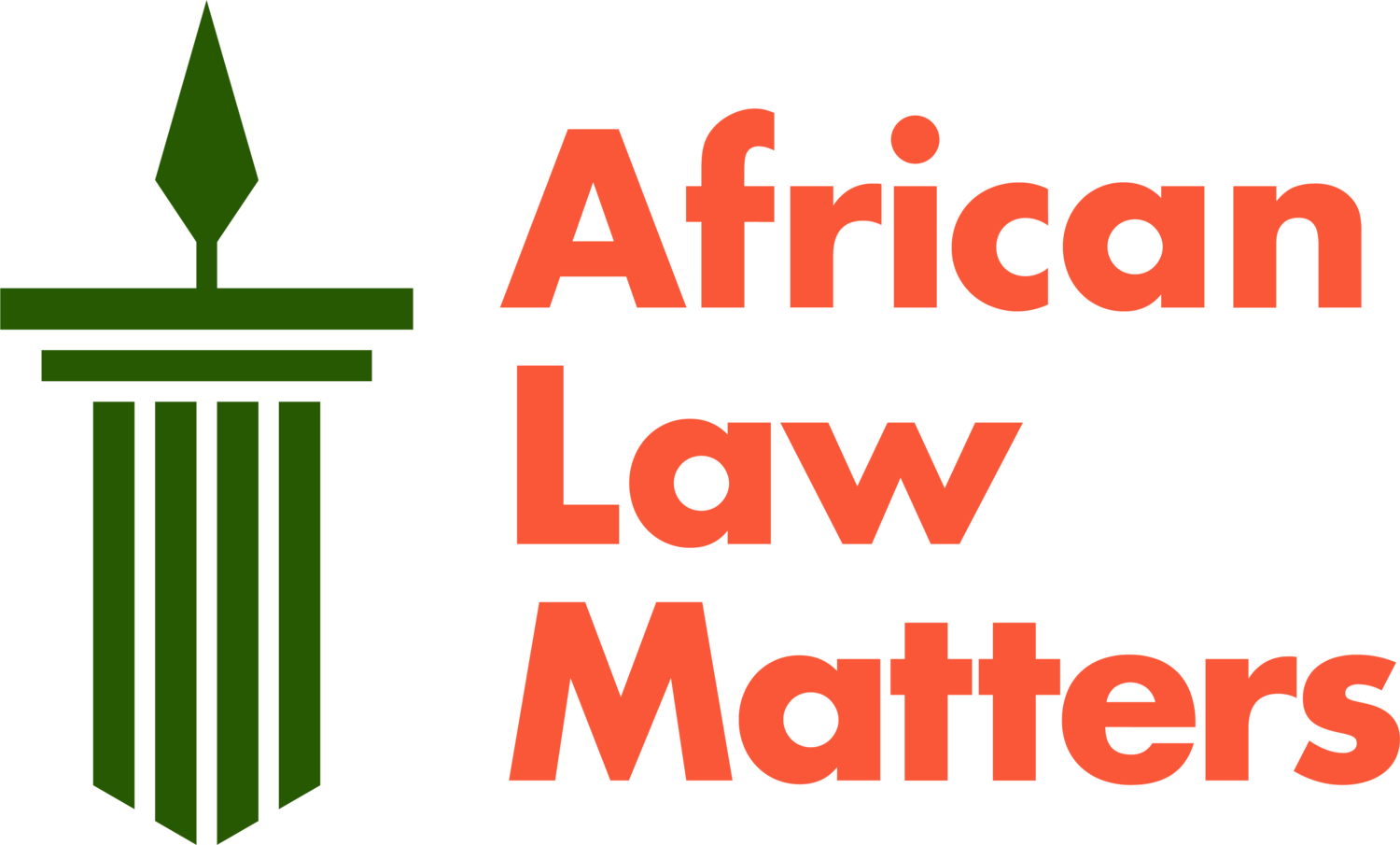The Diminishing Returns of Never Again
Photo Credit: Never Again - With Display of Skulls of Victims - Courtyard of Genocide Memorial Church - Karongi (Kibuye) - Western Rwanda - 03
The atrocities committed during World War II prompted the international community to establish international tribunals aimed at prosecuting and punishing the perpetrators of various crimes.
The direct and planned mass murder of several identifiable groups was referred to as ‘genocide’ by the prosecution at the International Military Tribunal in Nuremberg. Subsequently, the Convention on the Prevention and Punishment of the Crime of Genocide (Genocide Convention) defined genocide as a coordinated strategy of sustained collective violence aimed at the deliberate physical or mental destruction, in whole or in part, of the essential foundations of the life of an identifiable group by a government or its agents. State Parties to the Genocide Convention agree to, amongst other things, prosecute and punish perpetrators of genocide.
Some forty-six years later, the United Nations Security Council established the International Criminal Tribunal for Rwanda (ICTR) to, among other things, prosecute those “responsible for genocide and other serious violations of international law committed in the territory of Rwanda” in 1994. The ICTR and now the Rome Statute of the International Criminal Court (Rome Statute) define genocide in a similar manner as the Genocide Convention.
The Genocide Convention functions as a retrospective tool to facilitate post-atrocity prosecution after genocidal violence. This Convention was, however, also intended to function as a proactive conduct instrument that compels States not to commit genocide and to prevent its occurrence. States are obliged to develop supportive strategies for the timely identification, monitoring, reporting and deterrence of genocidal violence. This obligation is premised on the belief that the onset of genocidal violence is not wholly unpredictable, as its likelihood is predicated on identifiable conditions that are conducive to genocidal violence.
Public figures have exploited these conditions through genocidal rhetoric that dehumanises, demonises and delegitimises members of the target group, thereby removing the target group members from the realm of moral concern. The genocidal preconditioning further manipulates and corrupts the perpetrator group into intended patterns of thinking that internalise and normalise toxic belief systems and behaviour, conditioning the group members to believe that individual moral responsibility no longer applies to them.
This preconditioning is intended to create ‘permissibility conditions’ wherein the perpetrator group is ‘acclimatised’ to receive and act on weaponised messages that directly and publicly call for the destruction of the target group as a whole. The point of no return is reached when the perpetrator group accepts that the target group is an existential threat, and that genocidal violence represents the ‘solution’ to that problem.
“…the onset of genocidal violence is not wholly unpredictable…”
To address the destructive potential of these weaponised messages, the Genocide Convention includes direct and public incitement to commit genocide (incitement) as a distinct inchoate crime. The ICTR Statute similarly established direct and public incitement to commit genocide as a punishable act. Incitement is regarded as severe enough in itself to merit prosecution and punishment, irrespective of whether it results in actual genocidal acts. The criminalisation of incitement, therefore, offers the most realistic and compelling preventative pre-atrocity deterrence tool to avoid a descent into genocidal violence.
Incitement has never been prosecuted before the occurrence of genocide. Genocide against the European Jews, Bosnians, Tutsis, and Sudanese in Darfur, to name a few, was generally met with indifference by the international community. The response to various instances of inflammatory rhetoric and calls for violence by numerous public figures that probably exceeded the threshold for incitement has been met with equal disinterest. Instead, the international community has typically been fixated on legalistic arguments about the meaning of incitement and its actual threshold.
The ICTR prosecuted and convicted several perpetrators of incitement, thereby developing the standards, criteria and interpretation of the elements of incitement. Its reasoning established that a conviction based on incitement is premised on the likelihood that it will produce immediate violent acts or “lawless action” considering the context and circumstances under which the messages are delivered. The Court was mindful of the inherently ambiguous nature of language and the possibility of exploiting that ambiguity to escape later accountability.
The cultural and linguistic content of the actual language used must thus be evaluated by assessing the content, the state of mind, the intent of the person producing the message (including tone and style), and the audience’s interpretation thereof. A discernable pattern of comparable intentional conduct directed against the target group and whether the messages were delivered audibly and directed at a group in public will demonstrate that the incitement was intended to provoke others to destroy, in whole or in part, a national, ethnic, racial, or religious group.
The ICTR’s jurisprudence must be interpreted considering its retroactive establishment, jurisdiction, and nature. Nonetheless, the jurisprudence produced a comprehensive record of the genocidal violence in Rwanda. The reasoning of the Court progressively developed the elements of the crime of genocide. Notably, it confirmed that universal jurisdiction applies to the ‘the crime of crimes’ and defined rape as constituting serious bodily or mental harm and, thus, as a possible form of genocide. Its efforts in establishing the standards and criteria applicable to incitement significantly influenced the interpretation of the elements of this crime. The ICTR has thus provided the international community with the means for the early detection of conditions that are conducive to incitement and incitement itself, to prevent future genocidal violence.
Editors’ note: This submission is based on an article submitted for publication in the conference proceedings ‘Commemorating the 30th Anniversary of the Rwandan Genocide’ hosted by the African Centre for Transnational Criminal Justice at the Faculty of Law, University of The Western Cape in collaboration with the Faculty of Law, North-West University


